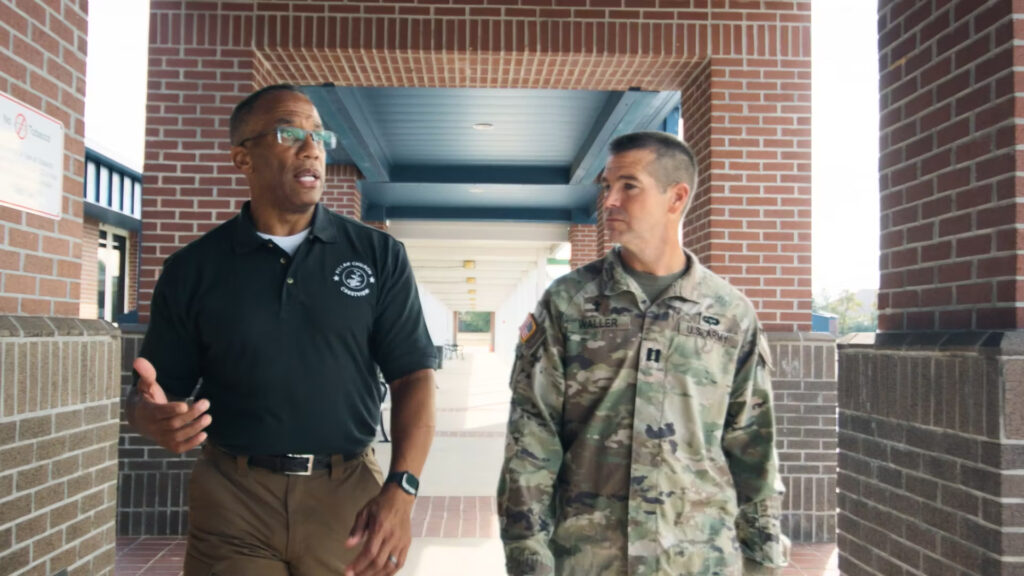There is rarely a simple explanation for the decline of a church. It is often a complex mix of cultural, theological, attitudinal and internal issues. In this article, I address the latter issue.
Internal barriers refer to those obstacles that are inherent in the organization and the facilities of the church. They are also called structural barriers. Stated simply, these barriers are self-imposed or self-inflicted.
Some of these barriers are long-standing and difficult to remove. Others, such as a redesigned website, can be accomplished with little pain. Let’s look at the six most common internal barriers in churches.
- Facility Barriers. We have addressed these barriers several times on this site and on the Rainer on Leadership podcast. The two most common are poor signage and inadequate parking. The former is often more easily addressed than the latter. Other common facility barriers include dirty and cluttered facilities, inadequate worship space, inadequate children’s space, and poor sound and lighting in the worship space.
- Governance Barriers. These barriers include restrictive bylaws and policies, a model of church government that is not working as intended, and frequent acrimonious business meetings. I am familiar with a church that had a policy where the executive pastor was on every committee, but the pastor was not. The particular problem was the personnel committee, where the executive pastor abused his authority to prevent the pastor from leading staff or having an influence on any personnel matters. That situation did not end well.
- Staffing Barriers. Churches often staff the way they’ve always done it. But times change and needs change. Staffing alignment and job descriptions of the 1990s may be inadequate today. Sometimes the job descriptions can be fine, but the wrong people are in those positions. Jim Collins, in his classic book Good to Great, uses the metaphor of getting the right people on the bus, and getting the right people in the right seat on the bus. If a church leader is not in a position that matches his or her gifts, abilities and passions, the church has a structural growth barrier.
- Cultural Barriers. These barriers refer largely to attitudes and practices of the leadership and membership as perceived by guests. They could include a general unfriendly spirit in the church, acrimonious business meetings, perceived lengthy services and worship times that are not convenient for guests.
- Church Calendar. Many churches are notorious for being activity-driven. One activity is stacked upon another. The church is so busy doing good things that it neglects the best things. Typically, the most often neglected ministries in busy churches are evangelism and ministry beyond the walls of the church. Most busy churches are not Great Commission churches.
- Worship Times. Why does your church have the specific worship times it offers? For many churches, it is the way we’ve always done it. Many church leaders have not asked what are the most conducive times to reach the community. Frankly, the traditional 11:00 am worship time as a single offering makes little sense today. I will admit, however, it’s still a good time for the farmers who need to milk the cows and feed the animals before they come to church.
- Website Barriers. One of the simplest internal or structural changes a church can make to reach more people is to update the website. The website is the front door for guests. It is their first stop before visiting the church. It makes no sense to have a lousy website when it is so effective when done well. And churches should follow the cardinal rule of websites: the church’s physical location and times of service should be clear and evident on the home page.
Published November 14, 2016




